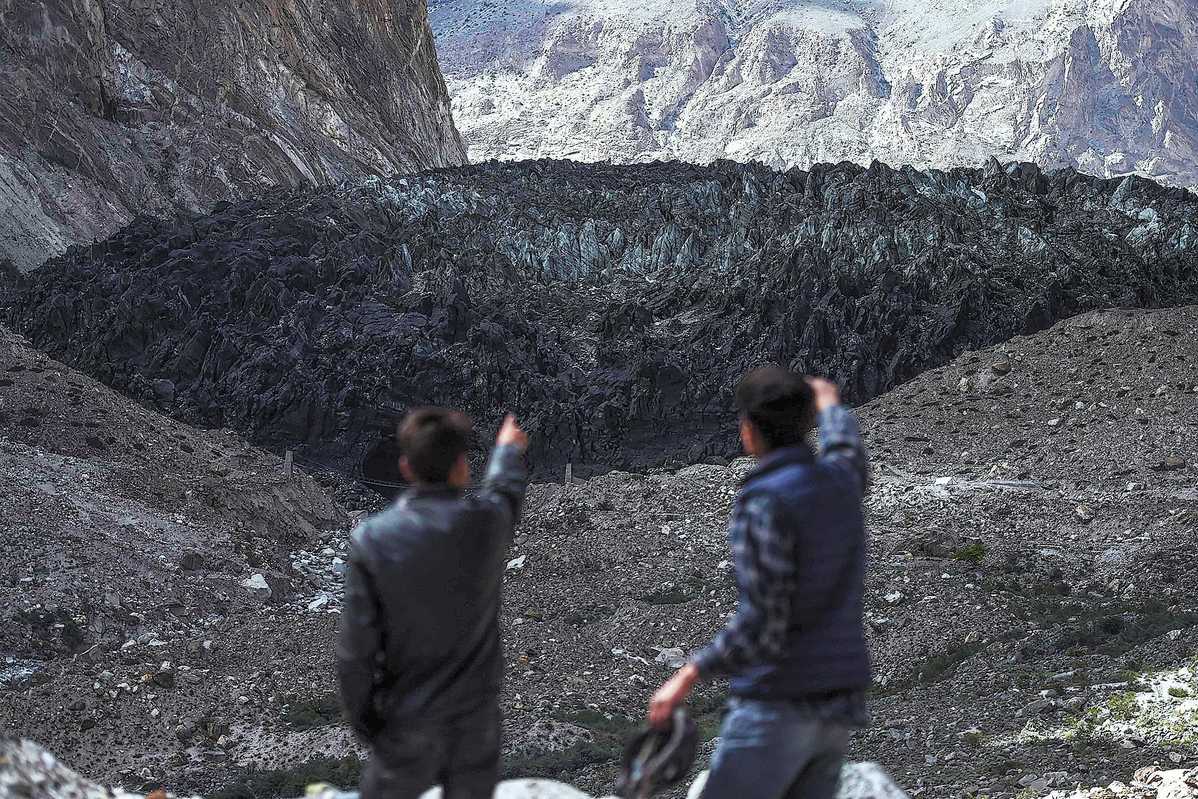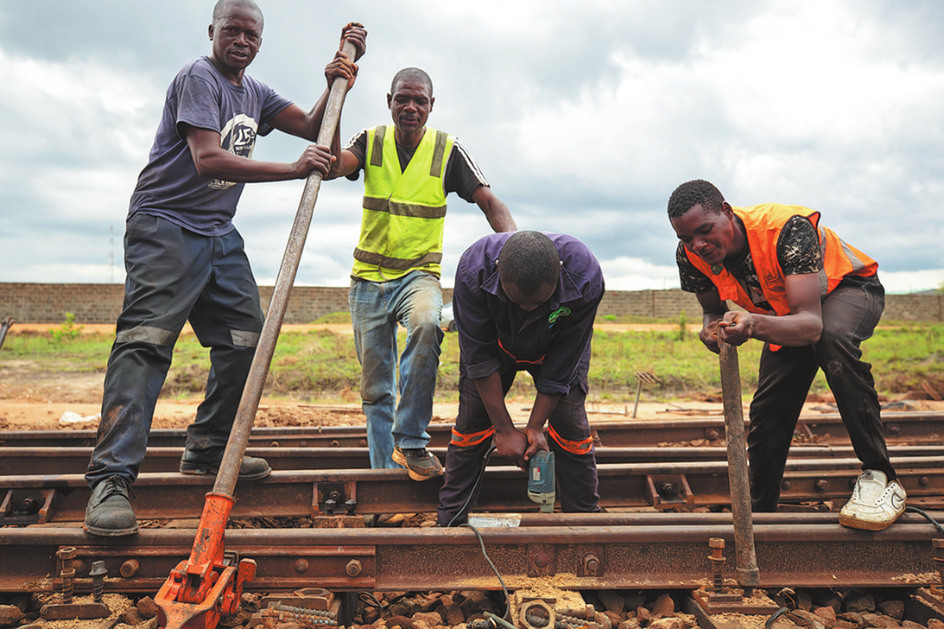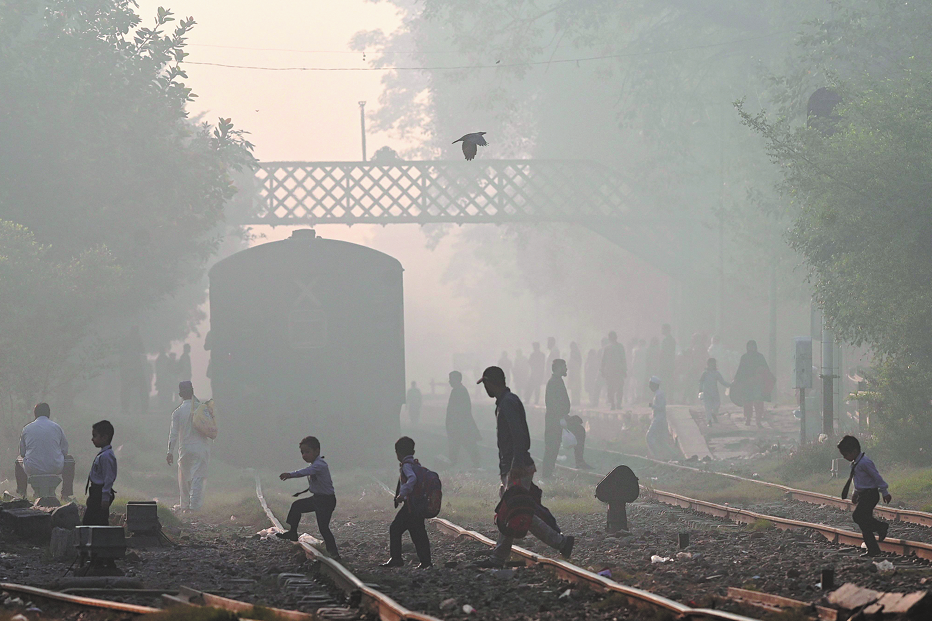Receding cover
Snowfall in Himalayan ranges reaches 23-year low, threatening 2 billion people


The Mekong (named Lancang in China) and Salween basins — the two longest rivers in Southeast Asia supplying water to China and Myanmar — had lost about half of their snow cover, it said.
Pema Gyamtsho, ICIMOD's director general, called for changes in policy to deal with the low snow levels in the long term.
"Carbon emissions have already locked in an irreversible course of recurrent snow anomalies in the HKH (Hindu Kush-Himalayan region)," Gyamtsho said.
Temperature rise
Asia is the region most affected by climate-related disasters, according to the UN's World Meteorological Organization, which reported in March that glaciers have retreated by record levels in five of the past six years.
Climate scientists say the Earth's temperature has increased by an average of 0.74 C over the past 100 years, but warming across the Himalayas has been greater than the global averages.
Snow cover atop Qomolangma, known as Mount Everest in the West, retreated by 150 meters, indicating a lack of snow accumulation during the winter season of 2024-25, researchers say.
Analyzing NASA satellite images from October 2023 to early January this year, trends illustrated "a rise in snow line through January in both 2024 and 2025", Mauri Pelto, a professor of environmental science at Nichols College in Dudley, Massachusetts wrote in a blog post on Feb 2.
At 8,849 meters above sea level, Qomolangma is the tallest point on Earth. It is located between Nepal and China's Xizang autonomous region.
"Snow line" refers to the boundary or elevation at which snow permanently stays on a mountain. A rising snow line — in which snow melts at lower heights, forcing the snow line boundary up a mountainside — is suggestive of a warming climate.
Pelto said that warmer and drier conditions have been prevailing in recent winters, including those of 2021, 2023, 2024 and 2025, which are driving reduced snow cover, higher snow lines and increased forest fires.
While the region saw a few small snow events early in each winter, the snow cover does not persist, suggesting that glaciers have continued to retreat even above 6,000 meters on Qomolangma, he said.
In December, Nepal saw 20 to 25 percent of normal with drier conditions in the east, accompanied by above average temperatures. This resulted in extreme drought in several provinces, including Koshi Province, Pelto said.
He observed that this January has continued to be dry, with consistently warm conditions, thereby enabling high snow lines to persist and rise from early December into early February.
"The average snow line (on Qomolangma region glaciers on Jan 28) is 6,100 meters- 150 meters higher than on Dec 11," Pelto said.
Reuters quoted Kenton Cool, a British climber, as saying, "Qomolangma is losing snow and turning dry and rocky."
Cool, who climbed the peak for the first time in 2004, said the giant mountain appears to be drying now.
"If you go back to the early mid-2000s there used to be a lot of snow," he said. "A general trend of the mountain is to be more rocky and less snow."
THE DAILY STAR, BANGLADESH & DAWN, PAKISTAN
































